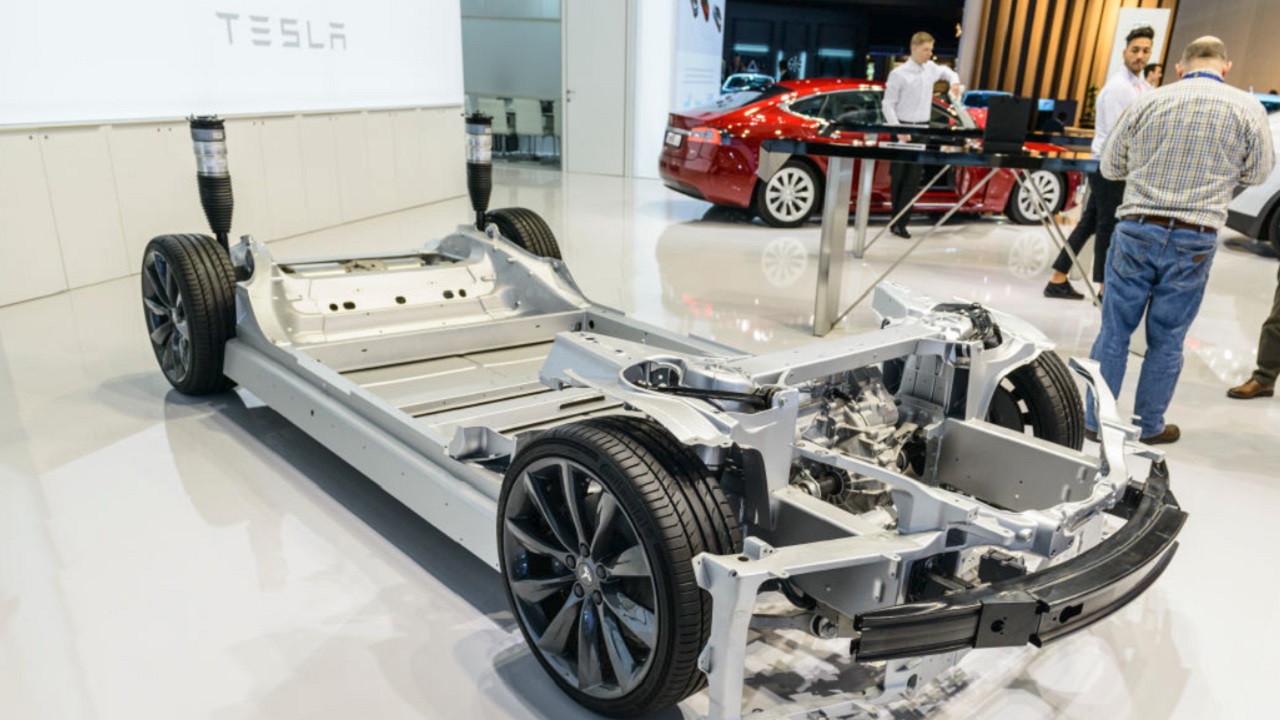Lithium phosphate batteri/'>batteries, also known as LFP batteries, are rechargeable batteries that use lithium iron phosphate as the cathode material and a graphitic carbon electrode with a metallic current collector grid as the anode. These batteries provide a higher specific capacity than lithium cobalt oxide, but their energy density is slightly lower due to the low operating voltage. The main issue with LFP batteries is low electrical conductivity. Despite this drawback, LFP batteries are gaining popularity due to their low toxicity, low cost, long-term stability, and well-defined performance. In this blog, we will explore the applications, benefits, and drawbacks of lithium phosphate batteries.

Applications:
1. Electric Vehicles (EVs)
Lithium phosphate batteries are widely used in electric vehicles due to their high power density and excellent thermal stability. In comparison to other battery types, such as lithium cobalt oxide, LFP batteries are safer and provide a longer lifespan for electric vehicles.
2. Backup Power
LFP batteries are also used as backup power sources for applications such as data centers, electrical grids, and remote off-grid systems. Lithium phosphate batteries can provide consistent power during power outages, ensuring uninterrupted service.
3. Portable Electronics
LFP batteries are widely used in portable electronic devices such as laptops, smartphones, tablets, and cameras. Their safety, stability, and low toxicity make them an ideal battery option for portable electronics.
Benefits:
1. Safety
One of the biggest advantages of LFP batteries is their safety. Unlike lithium cobalt oxide batteries, LFP batteries are less prone to thermal runaway, which reduces the risk of explosions and fires.
2. Long Life Span
Lithium phosphate batteries offer a long lifespan, as they can provide up to 2000 cycles of charging and discharging. They are also less prone to capacity loss and can retain up to 80% of their initial capacity after a few years of use.
3. Fast Charging
LFP batteries have a high charging rate and can be fully charged in a short amount of time. They also have a higher discharge rate than other battery types, making them ideal for high-energy applications.
Drawbacks:
1. Low Energy Density
The energy density of LFP batteries is lower than other battery types due to their low operating voltage. This means that they have a lower energy storage capacity in comparison to other batteries.
2. Low Conductivity
LFP batteries have low electrical conductivity, which affects their performance. To overcome this issue, all cathodes in LFP batteries have to be combined with carbon to increase their conductivity.
Conclusion:
Lithium phosphate batteries are gaining popularity in the market due to their safety, longevity, and excellent performance. Despite their low energy density and low conductivity, LFP batteries are being used in various applications such as electric vehicles, backup power, and portable electronics. With continual advancements in their technology, it is anticipated that LFP batteries will become even more widely used in the future.